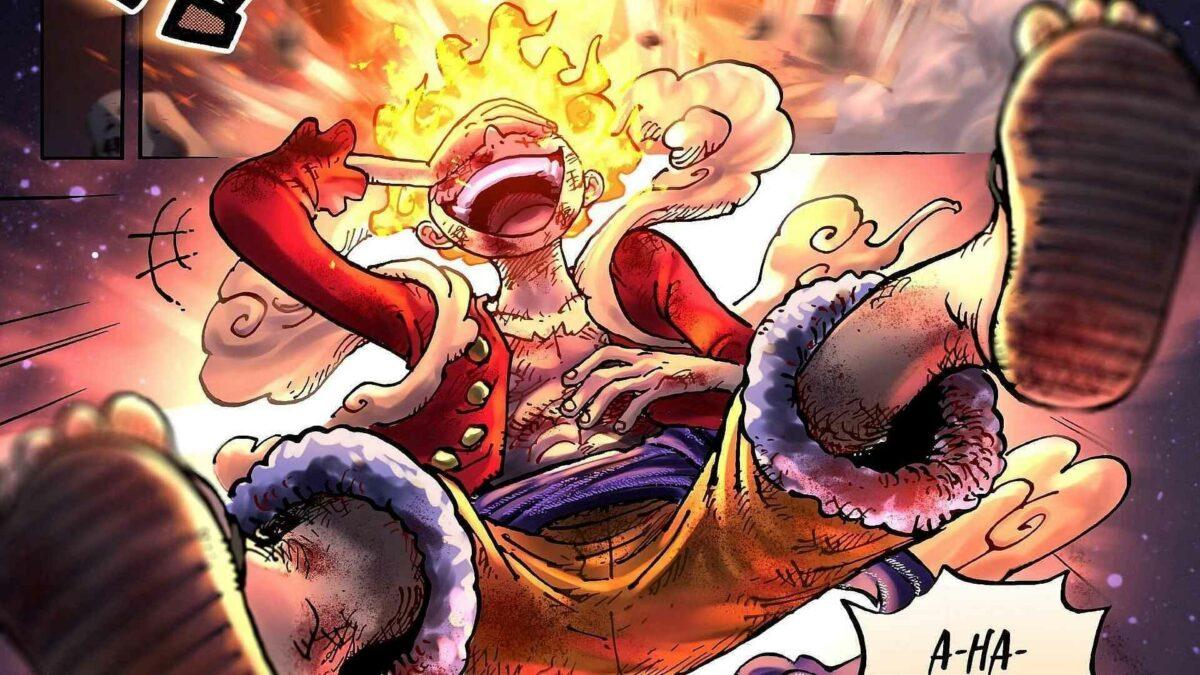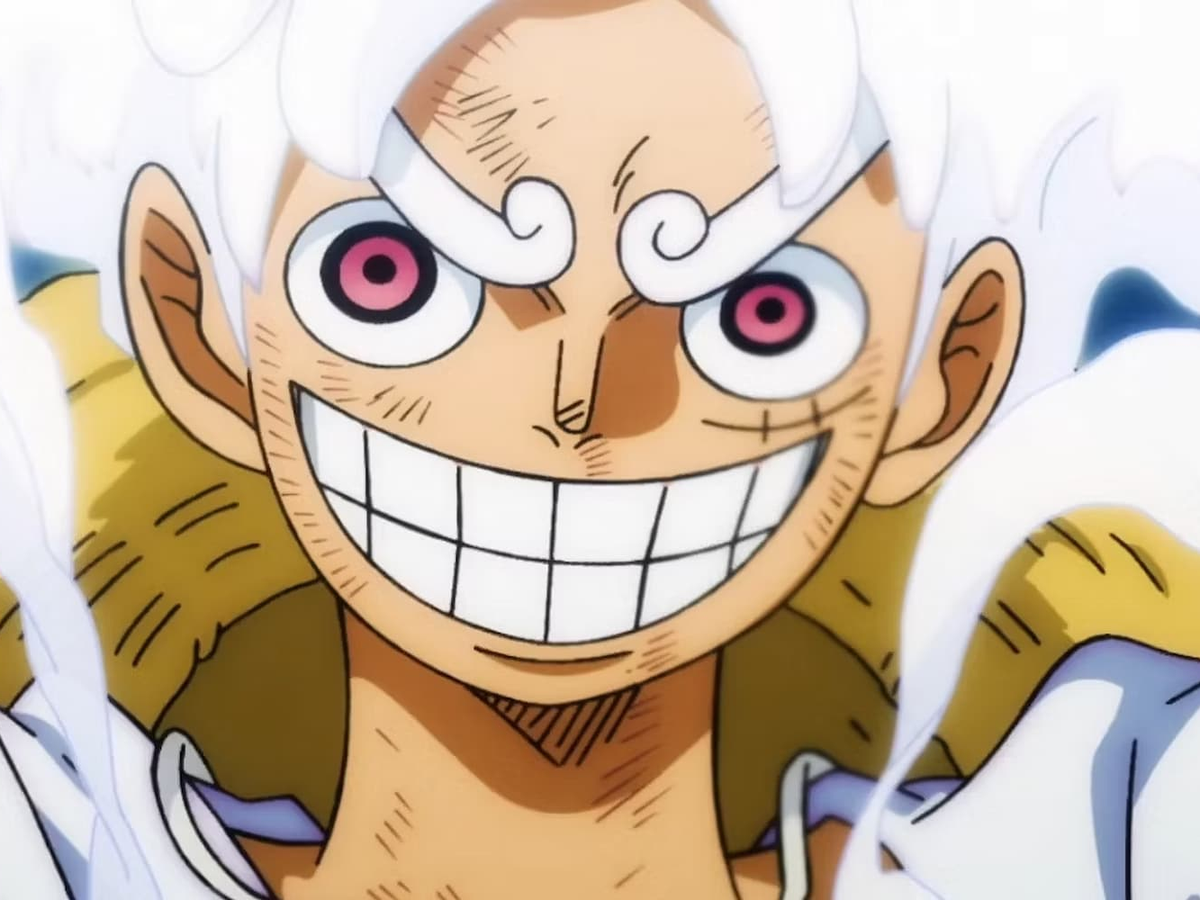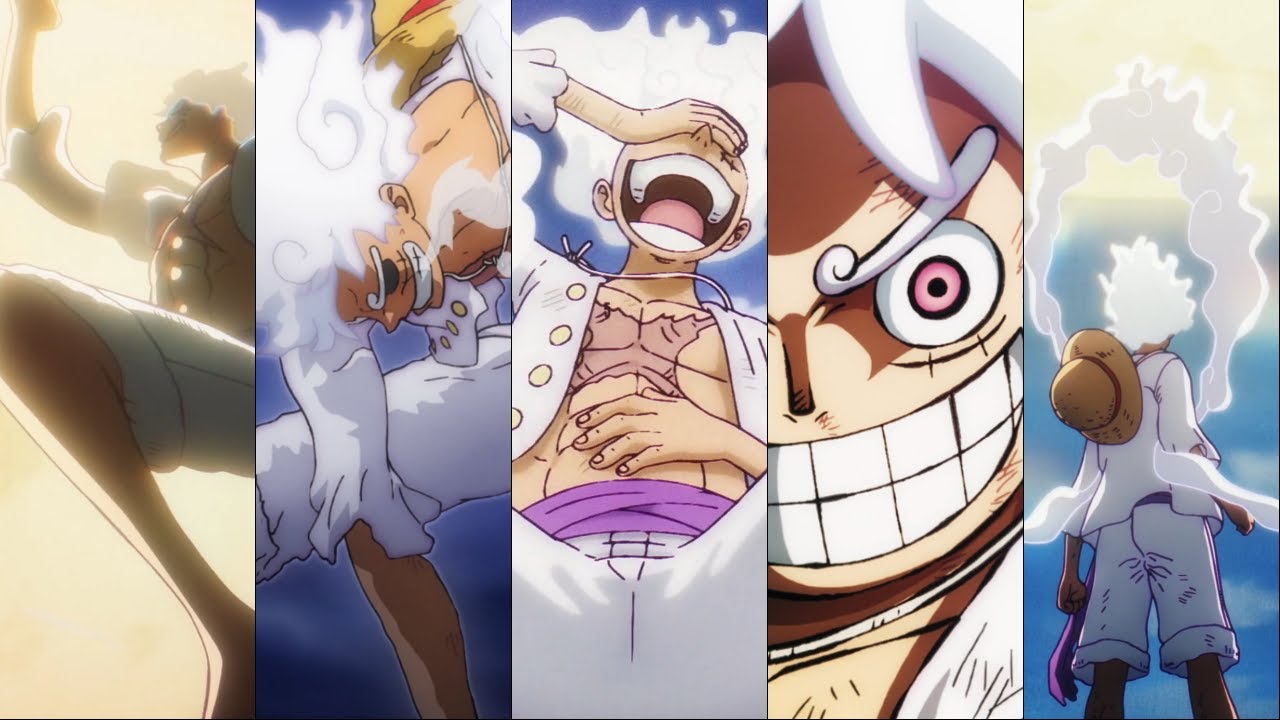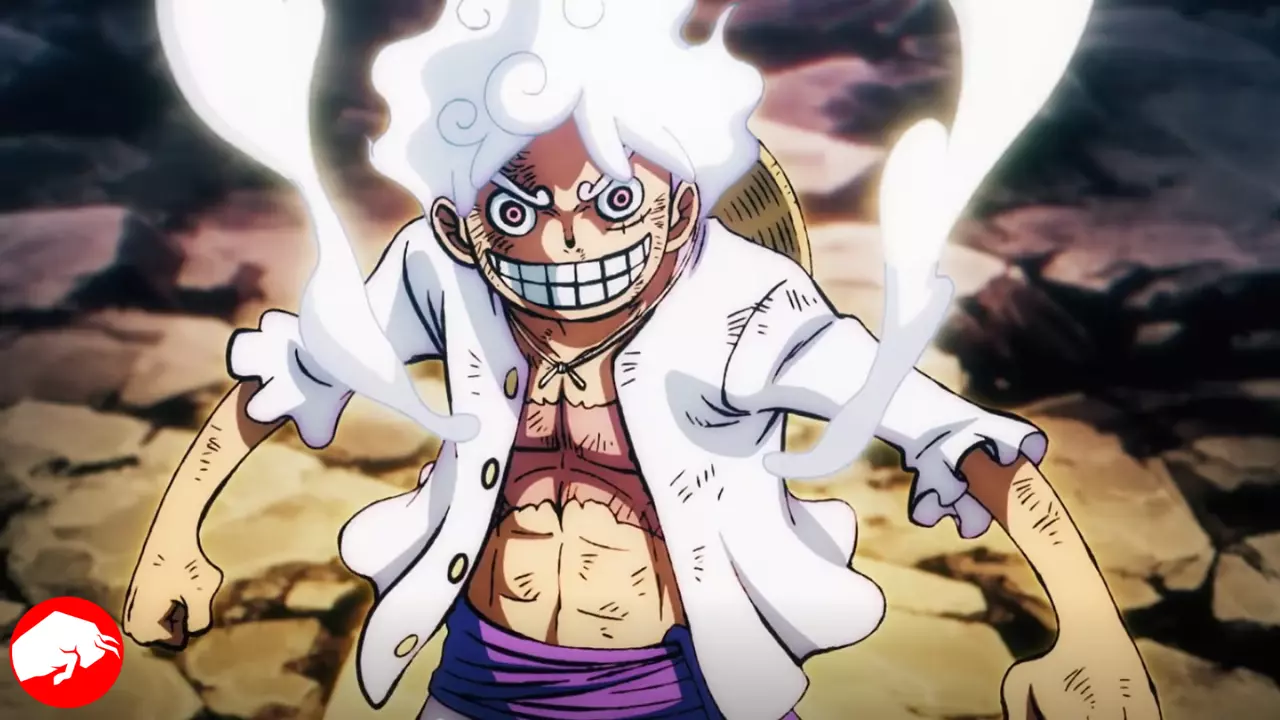The realm of shonen anime has always been a fertile ground for awe-inspiring transformations. However, the recent unveiling of Monkey D. Luffy’s Gear 5 form in the beloved series, One Piece, has not only redefined shonen powerups but also etched a monumental event in the annals of anime history. This transformation, showcased in the heart-pounding Episode 1071, has transcended the typical narrative of raw power pursuit, offering a fresh perspective on the protagonist’s journey towards emancipation and self-discovery.
A New Dawn in the Wano Country Arc
The Wano Country Arc, particularly the Raid on Onigashima, has escalated the stakes in One Piece to an exhilarating pinnacle. With Luffy’s emergence as an Emperor of the Sea, the spotlight on One Piece has intensified, drawing in a legion of fans and critics alike. Amidst this whirlwind of events, the Gear 5 transformation has emerged as a focal point of discussion, admiration, and analysis.

The episode aptly titled “Luffy’s Peak — Attained! Gear 5″ showcased the Straw Hat Pirate’s new form in a grandiose spectacle, marking him as a formidable adversary to the likes of Kaido, the Emperors of the Sea, and the omnipotent World Government. This transformation has not only amplified Luffy’s prowess but also unveiled a deeper layer to his quest, making it a pivotal moment not just in One Piece, but potentially in the broader shonen genre.

Delving into the Brilliance of Gear 5
The Gear 5 form is a brilliant manifestation of Luffy’s relentless endeavor, encapsulating his journey and the essence of One Piece’s rich narrative tapestry. This transformation is a harmonious blend of the creativity from Gear 2, the comedic essence of Gear 3, and the raw might of Gear 4, all while resonating with the core theme of freedom that sets Luffy apart in a sea of shonen protagonists.
The Awakening of Luffy’s Devil Fruit ability, which now allows him to extend the properties of rubber to his surroundings, is a testament to his growth both as a fighter and a beacon of liberation.
Episode 1071 saw the Five Elders recognizing Luffy as the “Warrior of Liberation,” a title that hints at a grander narrative intertwined with themes of freedom and emancipation, far beyond the simplistic goal of becoming the King of the Pirates.
LUFFY’S GEAR 5 IS THE BEST ANIME TRANSFORMATION OF ALL TIME !!!#ONEPIECE1072 #ルフィ pic.twitter.com/VzLNZDdRSn
— One Piece Tweets (@onepiecedaiIys) August 13, 2023
A Comparative Lens: Gear 5 and Shonen’s Iconic Transformations
The shonen genre has been a fertile ground for iconic transformations, with Goku’s Super Saiyan form from Dragon Ball Z often hailed as a seminal moment. However, Gear 5 stands apart, offering a nuanced narrative that transcends the conventional trope of power acquisition seen in many shonen transformations.
Unlike the Super Saiyan form or other similar power-ups that primarily focus on a character’s combat prowess, Gear 5 delves into Luffy’s evolving motivations and his growth as a leader. This transformation, anchored in the Awakening of the Human-Human Fruit, Model: Nika, diverges from the beaten path of power-scaling, refocusing the narrative on Luffy’s core ideals and his indomitable spirit of freedom.

The Legacy and the Horizon
The Gear 5 transformation is a harbinger of what lies ahead in the epic tale of One Piece. It encapsulates years of camaraderie, training, and intricate world-building, heralding the onset of the final saga in Luffy’s adventure. As One Piece continues to carve its legacy as one of the most unique and influential anime, the Gear 5 form stands as a monumental testament to the seamless blend of character development and long-term narrative buildup.
In the ever-expanding pantheon of shonen transformations, Luffy’s Gear 5 form is a shining exemplar of how a well-crafted character arc intertwined with a compelling narrative can create a momentous event in anime history. Through this transformation, Luffy has not only altered the landscape of the Grand Line but also set a new benchmark in the shonen genre, redefining what it means to evolve and transcend in a narrative odyssey.










